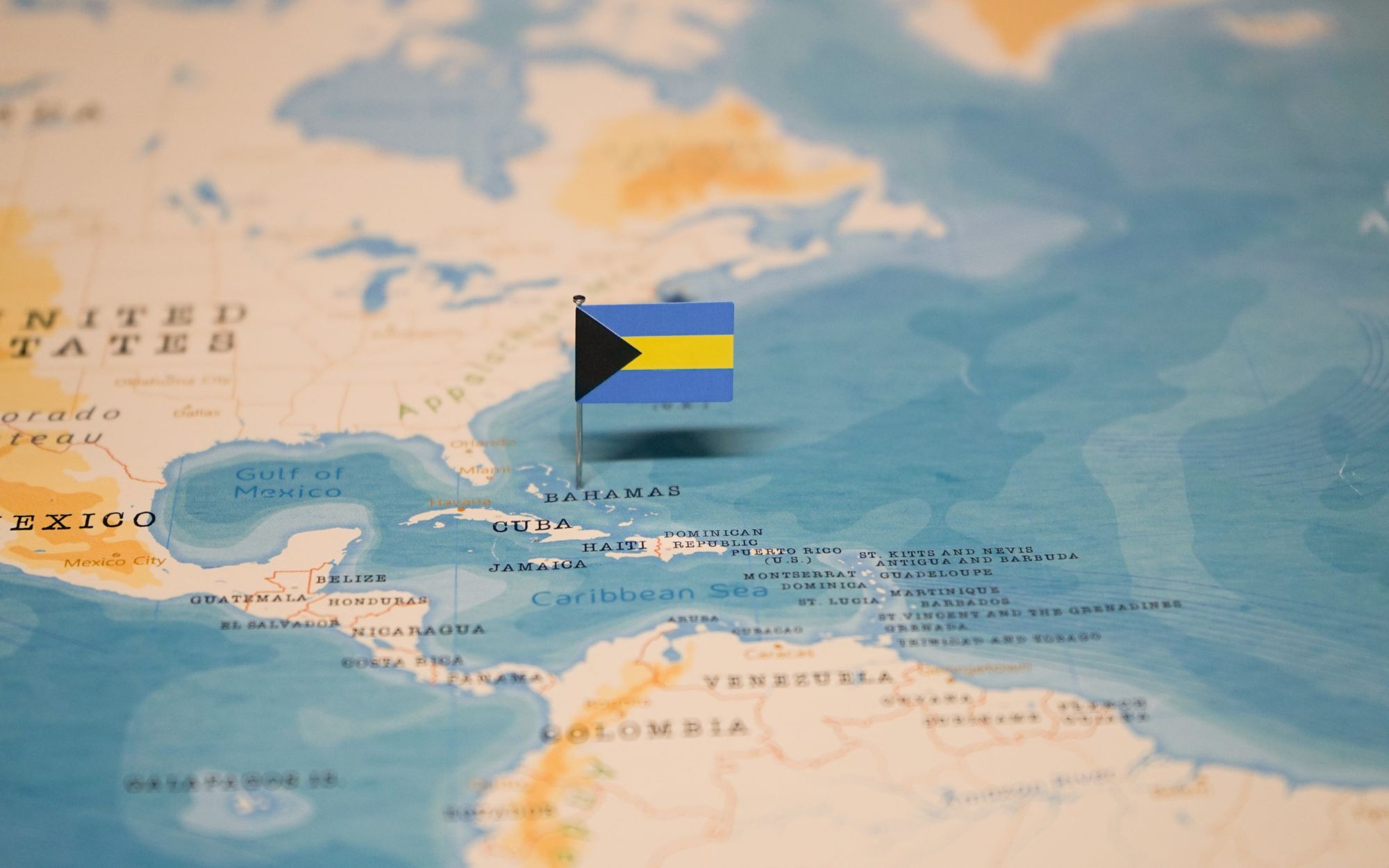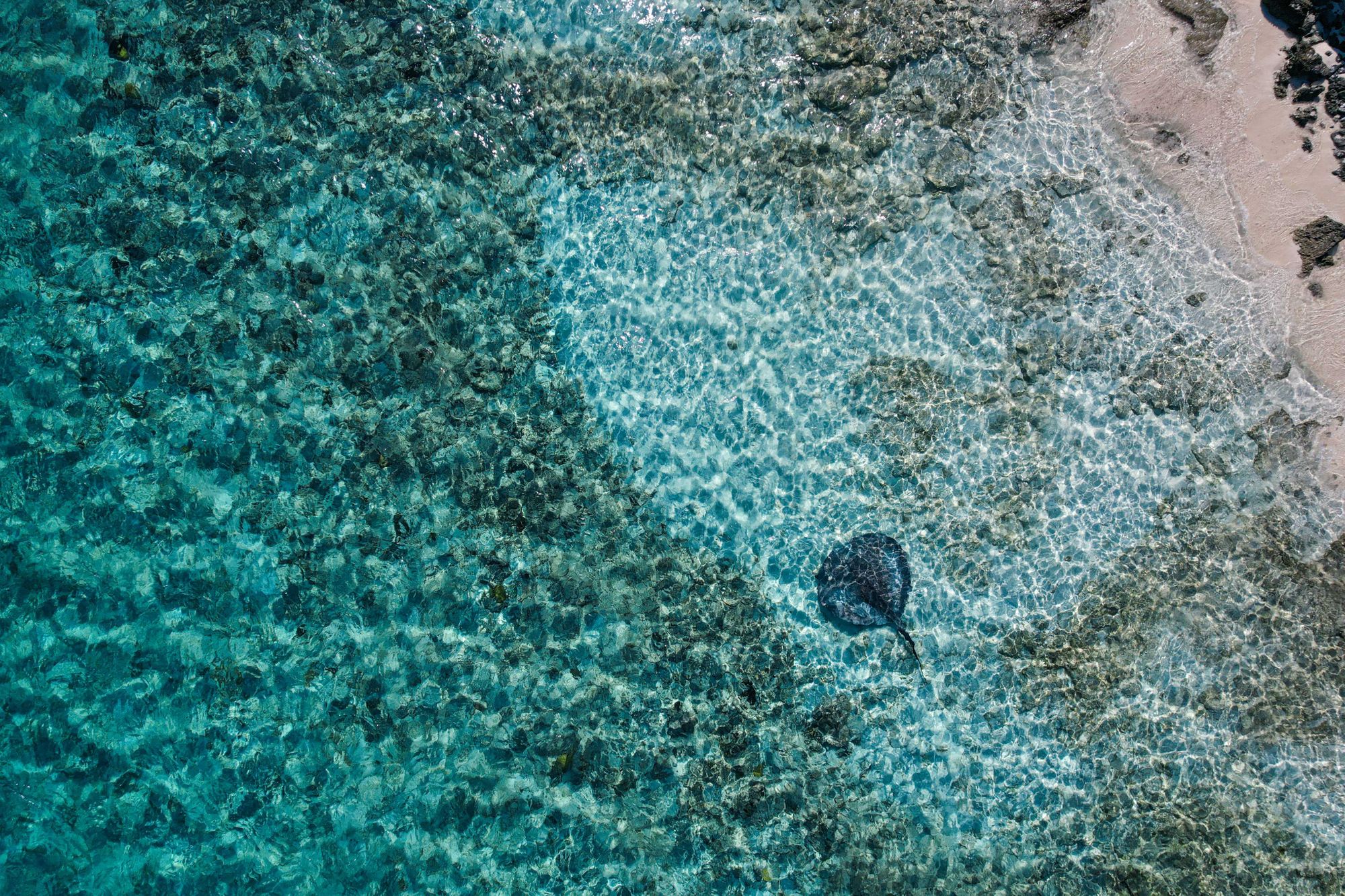The Musical Instruments of the Caribbean Islands
Visiting the Caribbean is an experience full of sights, tastes, feelings and sounds. Those sounds, and the musical instruments that make them, are signs of the diverse and vibrant cultural interactions in the region.
These cultures, from Spanish and Dutch traders to native peoples to African descent, all interact in many ways. Like a good spice mix, the musical instruments of the Caribbean all accent each other, and all have their own unique histories, origins and uses.

Picture: Entertainment at our resorts, like Sandals Royal Curacao pictured above, is always vibrant. From steel drums to traditional Caribbean celebrations, our team knows how to put on a show.
Drums are some of the most important instruments in the Caribbean. Drums are not only the backbone of music, providing an underlying beat and feeling, but, in the Caribbean, they are also absolutely a part of the cultural history and the current, vibrant regional culture.
Drums can be large or small, portable or stationary, and can accompany a large ensemble or a small trio and most varieties are found in the Caribbean.
These are some of the instruments you may run into if you're visiting an all-inclusive resort in the Caribbean.
Buleador

One of the most recognizable drums in the Caribbean is the buleador. This type of drum is essential in the Bomba musical genre. Bomba dates from at least the 17th century, and the buleador is one of the main percussion instruments in that genre. The buleador has a low pitch and is primarily responsible for keeping the rhythm. It is a large, wooden drum that may have African origins.
Steel Drums

Steel drums are another variety of drum that are very important in the Caribbean, and have come to represent the region in popular culture worldwide. These drums, originally made out of steel barrels and developed in Trinidad in the early 20th century, were created in response to a ban on hand drums and bamboo drums, according to The Toucan Steel Drum Band.
Metal drums, known as steel drums or steel pans, produce a multitude of sounds. This is due to the concave shape, which allows the drums to produce different sounds when struck in different places. There are also several different sizes of steel drums, making it a diverse-sounding instrument that is now tied to Caribbean culture and easily recognizable as being from the region.
Maracas
Maracas are another type of percussion instrument, although they are not traditional drums. Generally made from gourds or shells and filled with dried seeds, they make a noise when shaken. They play a critical role in Caribbean music, and most agree that that the maraca originated from Indigenous people in Latin America. Maracas can be made from a variety of materials, and are very portable, making them easy for artists and performers to take with them, or even for visitors to purchase as souvenirs.
Guitar
Guitars are also important in Caribbean music. Guitars are also associated with Spanish culture, and have become, due to this influence, important in the Caribbean. In the Dominican Republic, for example, there is a music genre called Bachata. This genre generally consists of a guitar, bongos and maracas. This genre is popular throughout the Caribbean and Latin America, and is closely related to romantic guitar music.
Guiro

Another instrument important in Caribbean culture is the guiro. The guiro is a hollow cylinder with ridges on one side, and a stick is run up and down the ridges, creating an amplified noise inside the hollow instrument. Although the guiro is prevalent through the Caribbean, its history is murky. It may have African origins, but has been adopted by many cultures.
Palitos
Another instrument important in Caribbean culture are palitos or claves, which were probably influenced by Spanish and Latin American culture. These are small sticks that strike a wooden block for a small, handheld percussion instrument. Given the importance of dance music and the prevalence of guitar trios, having handheld and portable instruments is important in the Caribbean. According to World Music Central, palitos are most prevalent in Cuba, but can be found throughout the region.
Musical instruments play an important role in the Caribbean and beyond. They come from the diverse historical origins of Caribbean culture, ensuring that no culture is forgotten or diminished. They also provide entertainment and a distinct sound to the region.
Many of these instruments are native to the region, and all come from a rich and vibrant, as well as diverse, culture that has developed over centuries of intermingling between various existing cultures.

Outside of the Caribbean, in the expat communities in Miami, for example, Caribbean instruments also play a vital role. They bring communities together and provide work for local artists, artisans and entertainers.



